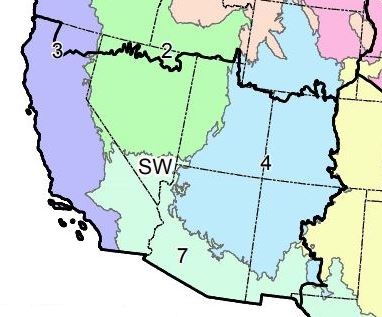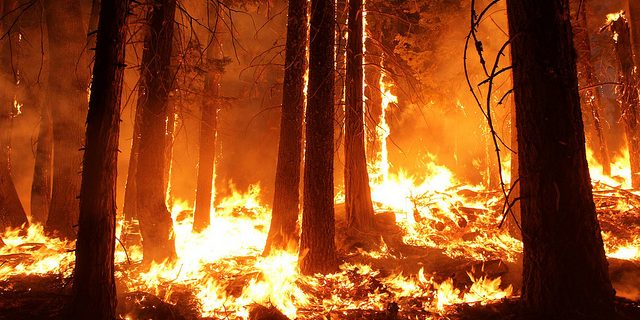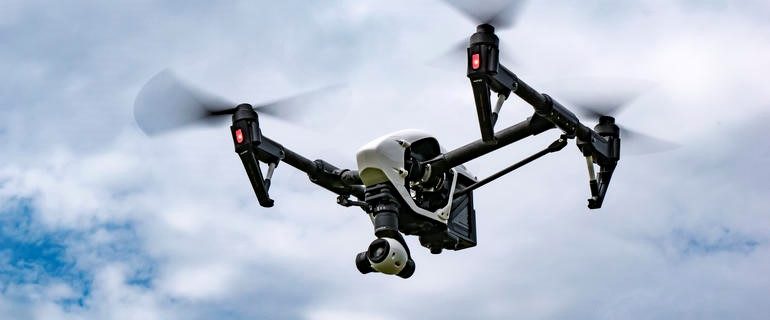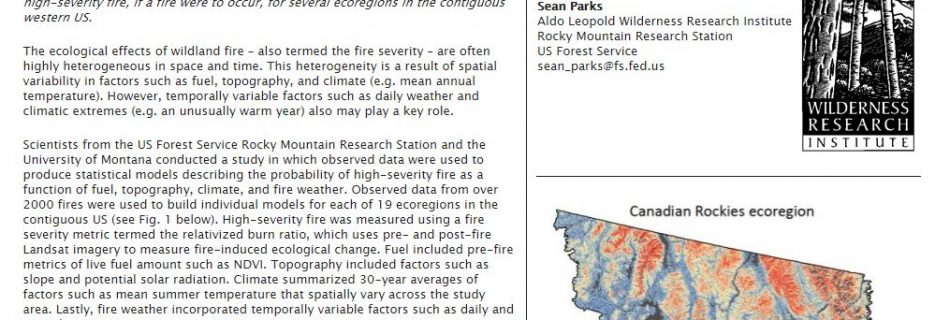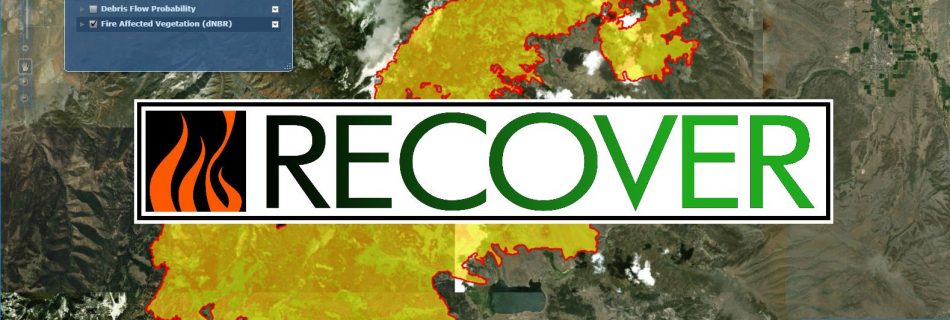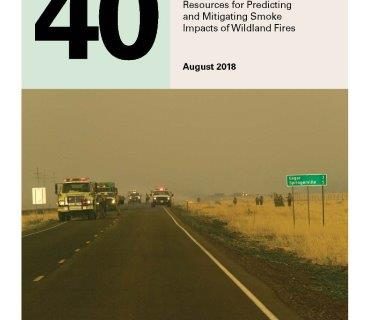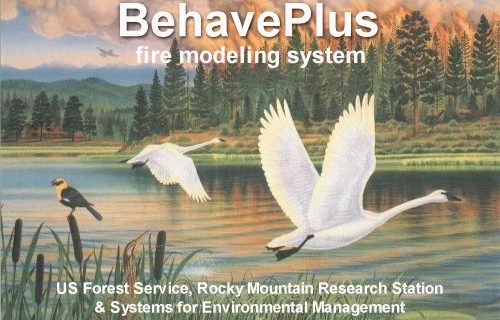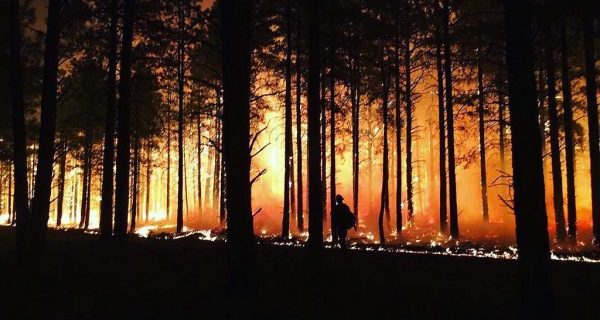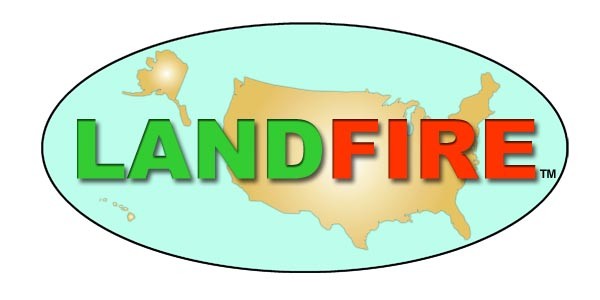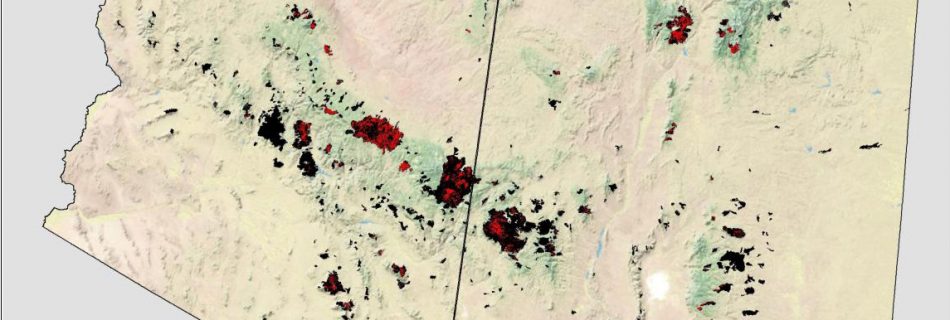Oct 9, 2019: Southwest LANDFIRE update (LF GeoArea: NV, UT, AZ, NM, CO, CA)
Presenters: Jim Smith and Kori Blankenship, The Nature Conservancy Date: October 9, 2019 12pm This webinar will focus on LANDFIRE Remap products in LF’s Southwest GeoArea: Nevada, Utah, and Arizona, and sections of New Mexico, Colorado, and California. Presenters Jim Smith and Kori Blankenship of The Nature Conservancy’s LF team will review improvements to LF’s newest product offerings …
Read more “Oct 9, 2019: Southwest LANDFIRE update (LF GeoArea: NV, UT, AZ, NM, CO, CA)”

